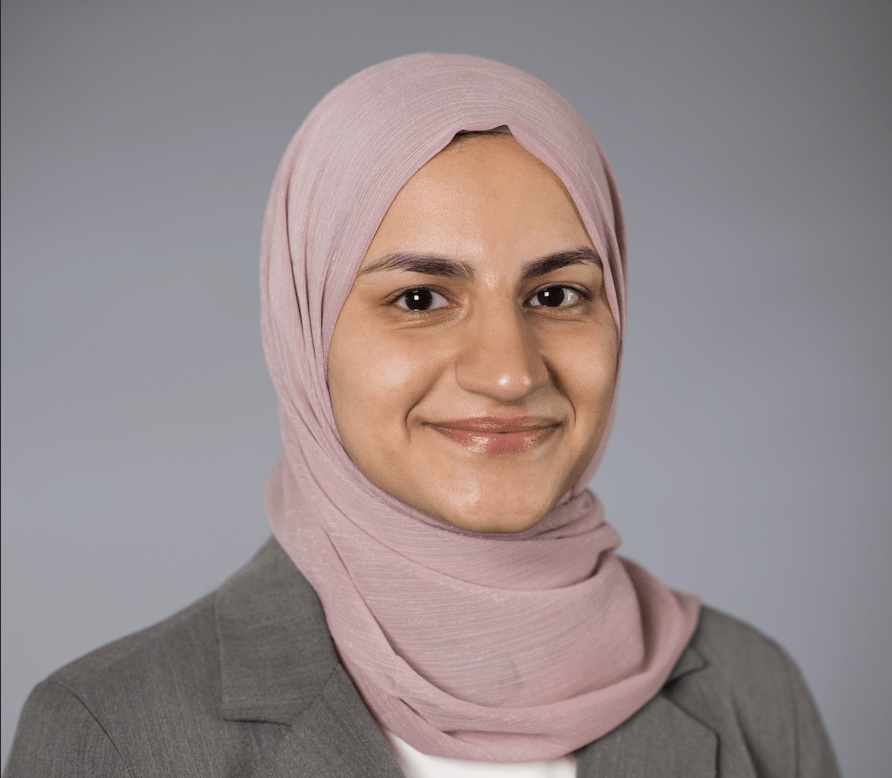All Biochemistry Resources
Example Questions
Example Question #11 : Other Glycolysis Concepts
Which of the following processes occurs in the cytoplasm of a cell?
All of these occur in the cytoplasm
Oxidative phosphorylation
Electron transport chain
Glycolysis
Krebs cycle
Glycolysis
Glycolysis is the only of the above choices that occurs in the cytoplasm. The remaining occur in different parts of the mitochondria. The Krebs cycle occurs in the mitochondrial matrix. Both oxidative phosphorylation and the electron transport chain occur along the inner mitochondrial membrane.
Example Question #12 : Other Glycolysis Concepts
When during cellular respiration is 
The electron transport chain
The Krebs cycle
The non-oxidative phase of the pentose phosphate pathway
Glycolysis
The oxidative phase of the pentose phosphate pathway
The oxidative phase of the pentose phosphate pathway



Example Question #13 : Other Glycolysis Concepts
Which statement is false regarding glycolysis?
2 NADH are produced
2 Pyruvate are produced.
Glucose is oxidized.
Hexokinase catalyzes the conversion of glucose to glucose-6-phosphate.
Every step is irreversible.
Every step is irreversible.
In glycolysis, glucose is oxidized, and the final products are 2 pyruvate, 2 ATP, and 2 NADH. The first step is irreversible, and is the conversion of glucose to glucose-6-phosphate by the enzyme hexokinase. The only remaining answer choice is "every step is irreversible." That statement is false. Steps 1,3, and 10 are irreversible, but the remaining steps are reversible.
Example Question #14 : Other Glycolysis Concepts
How does fructose get metabolized by the body?
I. Fructose-1-phosphate is converted to glyceraldehyde.
II. Fructose is converted to fructose-1-phosphate by fructokinase in the liver.
III. Glyceraldehyde-3-phosphate from fructose is used in both glycolysis and gluconeogenesis.
I and III
I, II, and III
III only
II and III
II only
I, II, and III
Fructose is mainly metabolized by the liver from sugar, honey and fruits. Fructose can be converted to fructose-1-phosphate and then to dihydroxyacetone phosphate (DHAP) and glyceraldehyde.
Example Question #15 : Other Glycolysis Concepts
Which of the following is false of NADPH?
It protects the cell from oxidative stress.
It is easily discriminated from NADH in the body.
It is created during the oxidative phase of the pentose phosphate pathway.
All of these
It is typically consumed during anabolic reactions.
All of these
NADPH is a molecule created during the oxidative phase of the pentose phosphate pathway. It is used in anabolic reactions, specifically in the formation of fatty acids. Another important role is that it acts as an anti-oxidant. Finally, NADPH is easily discriminated from NADH in the body because of an additional attached phosphate group. This allows the body to regulate the concentrations of the two similar molecules independently.
Example Question #16 : Other Glycolysis Concepts
Which of the following are true about lactate dehydrogenase?
I. Lactate dehydrogenase converts reversibly pyruvate to lactate under anaerobic conditions.
II. Lactate dehydrogenase is also important in gluconeogenesis by converting lactate to pyruvate.
III. Lactate dehydrogenase oxidizes NADH to prevent its accumulation in anaerobic conditions.
IV. There are 5 lactate dehydrogenase isoenzymes that differ in their tissue distribution.
I and IV
I, II, III and IV
II, III, and IV
I, II, and III
I and II
I, II, III and IV
A dehydrogenase is an enzyme that removes hydrogen ions from a molecule, thereby oxidizing it.Lactate dehydrogenase converts lactate to pyruvic acid and NADH to NAD+ in glycolysis.The reaction is reversible, in which case it provides pyruvate for gluconeogenesis.Lactate dehydrogenase is present in most tissues with some isoforms more frequent than others. For example, isoenzyme LDH-1 is found in the heart, red blood cells, and brain.
All Biochemistry Resources




